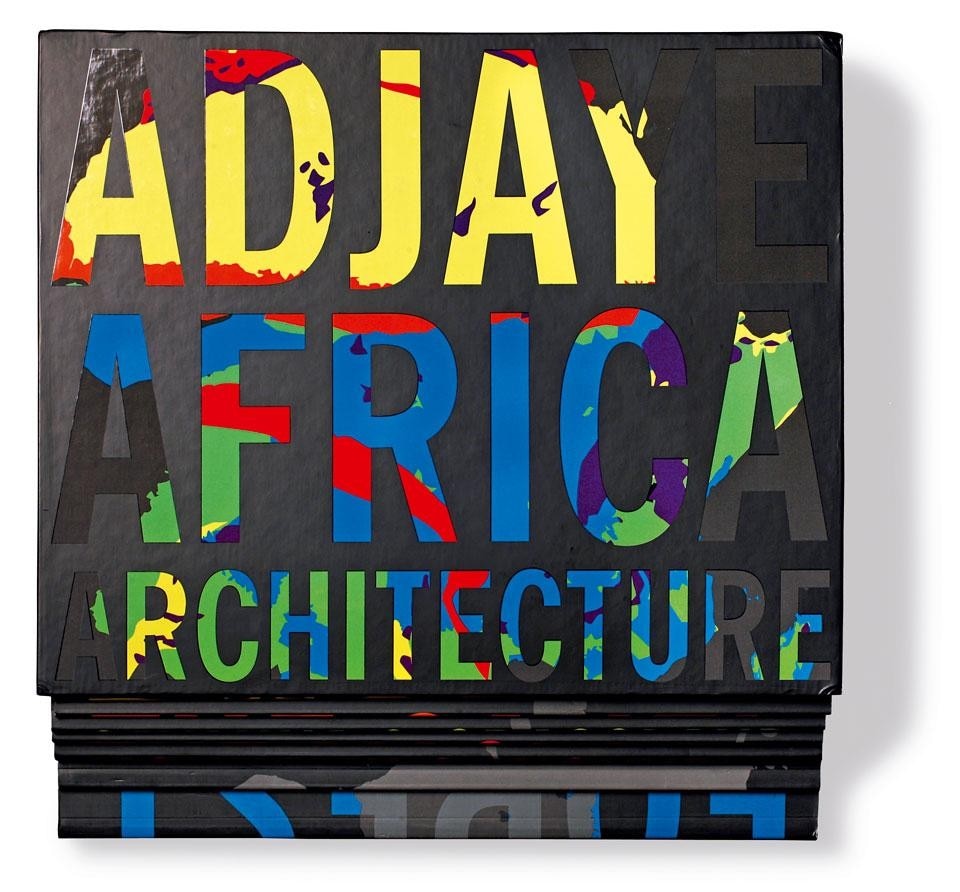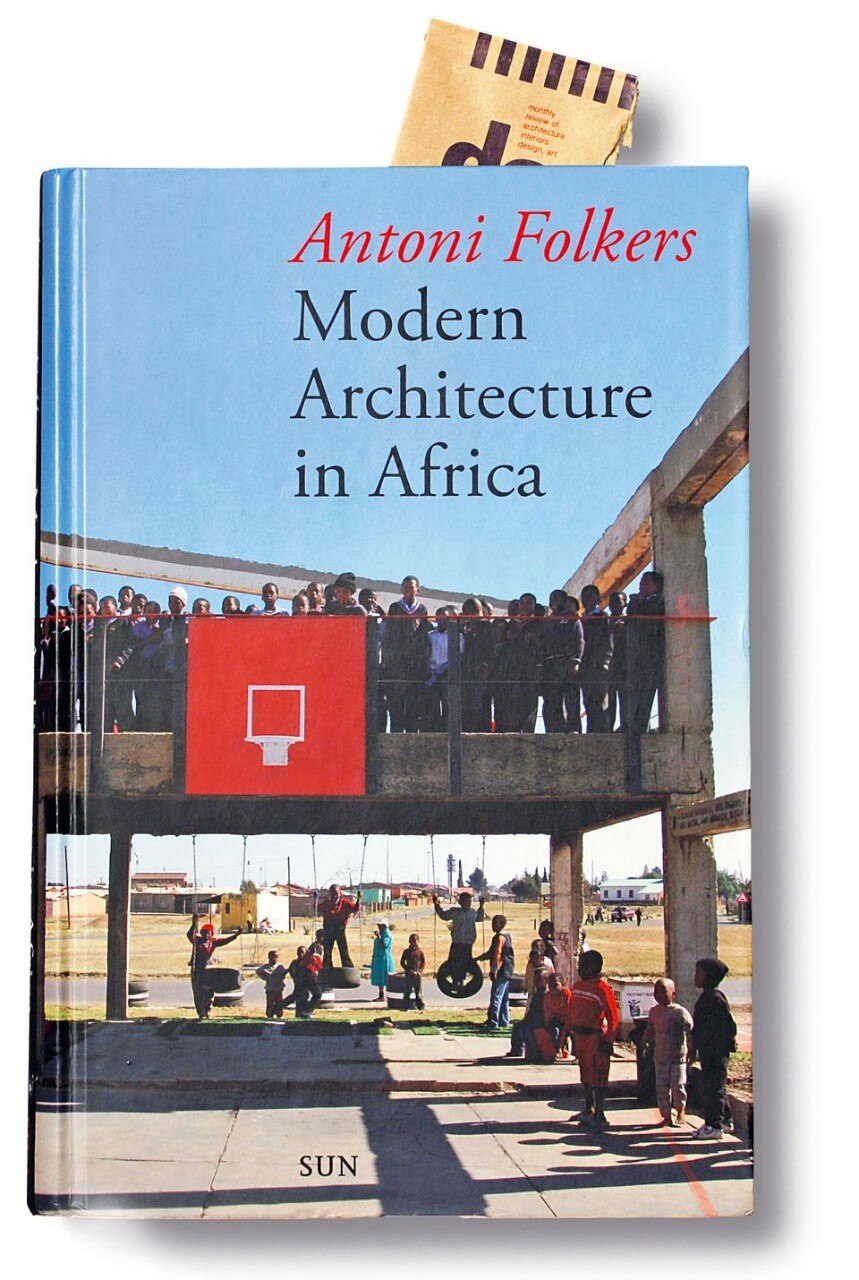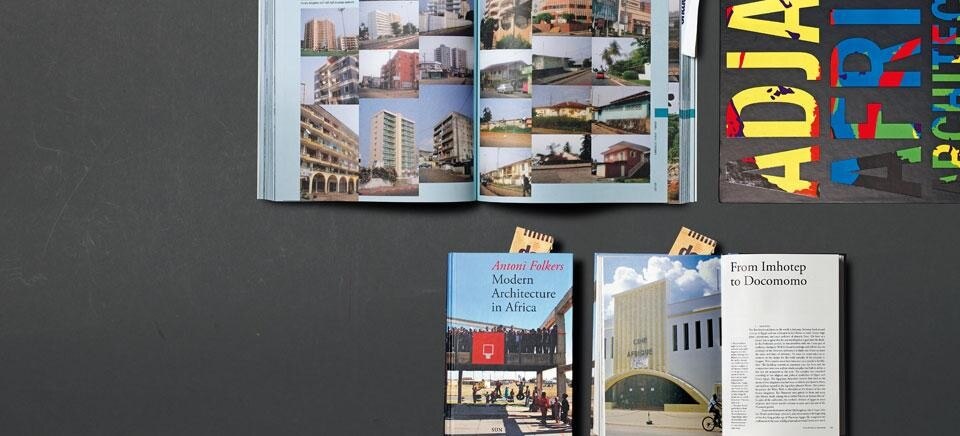David Adjaye. Thames & Hudson, London, 2011 (7 volumes, 576 pp., £65)
Modern Architecture in Africa
Antoni Folkers. SUN, Amsterdam, 2010 (256 pp.)
One day, the artist Jean Katambayi Mukendi started recording the repeated blackouts that were disrupting life in his home city of Lubumbashi. He carefully noted them down in a book and, after several weeks, established a direct link between the blackouts and how the government was faring. Lubumbashi is a city with a population of 1.5 million in the interior of the Democratic Republic of Congo, over 2,000 kilometres from the capital Kinshasa. What can people do, from such a distance, to understand what is happening and feel like they are part of the system? This issue of penetration seems common to the Lubumbashi artist—who started listening in to electric sockets—and the authors of two books on African architecture: David Adjaye and Antoni Folkers. How do you portray buildings and cities that are not just floating on an Africa-shaped island in the middle of the sea, but rather say a great deal about our shared contemporary times?
David Adjaye armed himself with a camera and travelled to all 53 capitals on the continent; Antoni Folkers moved to Africa to work as an architect and urban designer for 25 years. The results are very different, but, in a world dominated by collections of rainbow essays, the central role and responsibility shouldered by the authors give these two books a voice on the knowledge of architecture and urban development on the African continent.
It is hard not to start out with a positive prejudice in their favour. David Adjaye is an architect who is gaining acclaim and increasing international appreciation for both his public and private buildings as well as his involvement in art and design. The book is closely linked to his personal experience as a photographer and observer, showcased at London's Design Museum in 2010 and since then a traveling exhibition.


Books on African architecture all share a number of problems, such as identifying what information can be taken for granted. The word Africa in the title and plenty of maps help to clarify the subject, but once the problem of coordinates has been resolved we also need a historical, political and climatic background before confronting misunderstandings and prejudices, blame and responsibilities, before and after. Leaping from the macro to the micro scale, David Adjaye and Antoni Folkers successfully overcome the dichotomies and, through their eyes and experiences, forge a link with real-life African urban situations. Meanwhile, after starting out with a notebook recording the blackouts in Lubumbashi, the artist Jean Katambayi Mukendi is now producing cardboard electrical devices.
Iolanda Pensa
The word Africa in the title and plenty of maps help to clarify the subject, but once the problem of coordinates has been resolved we also need a historical, political and climatic background before confronting misunderstandings and prejudices, blame and responsibilities, before and after.


